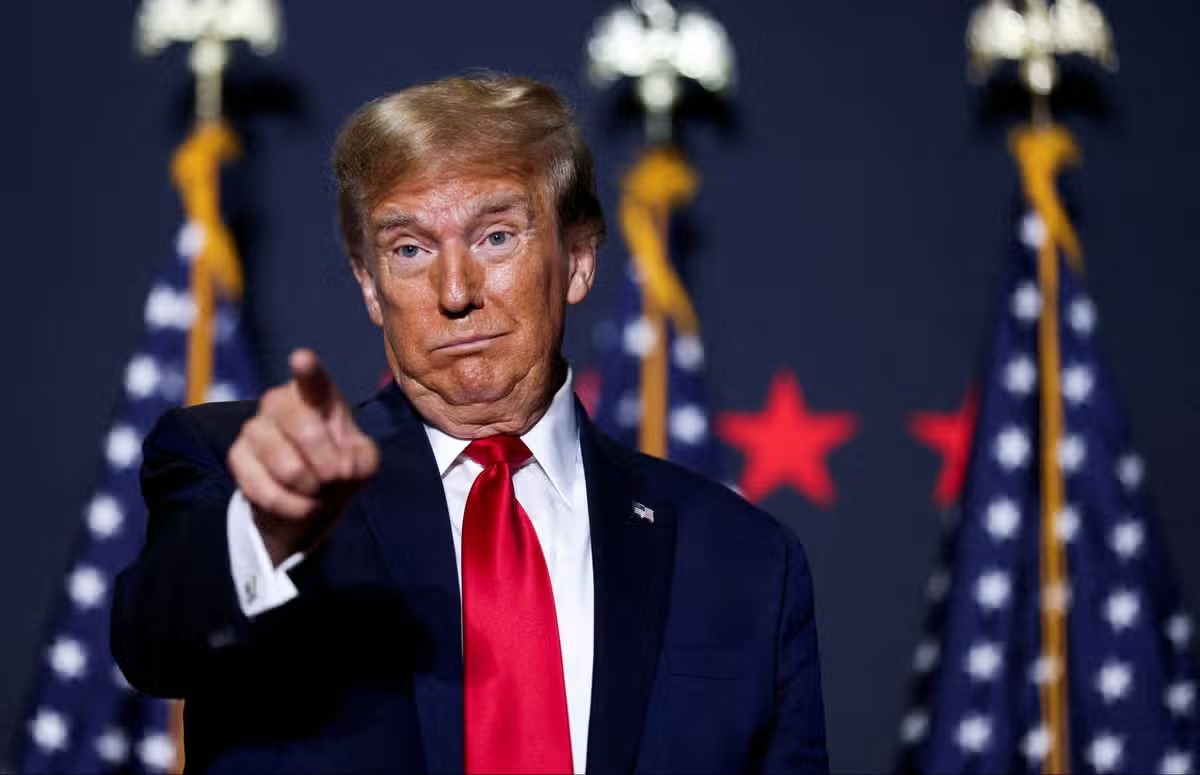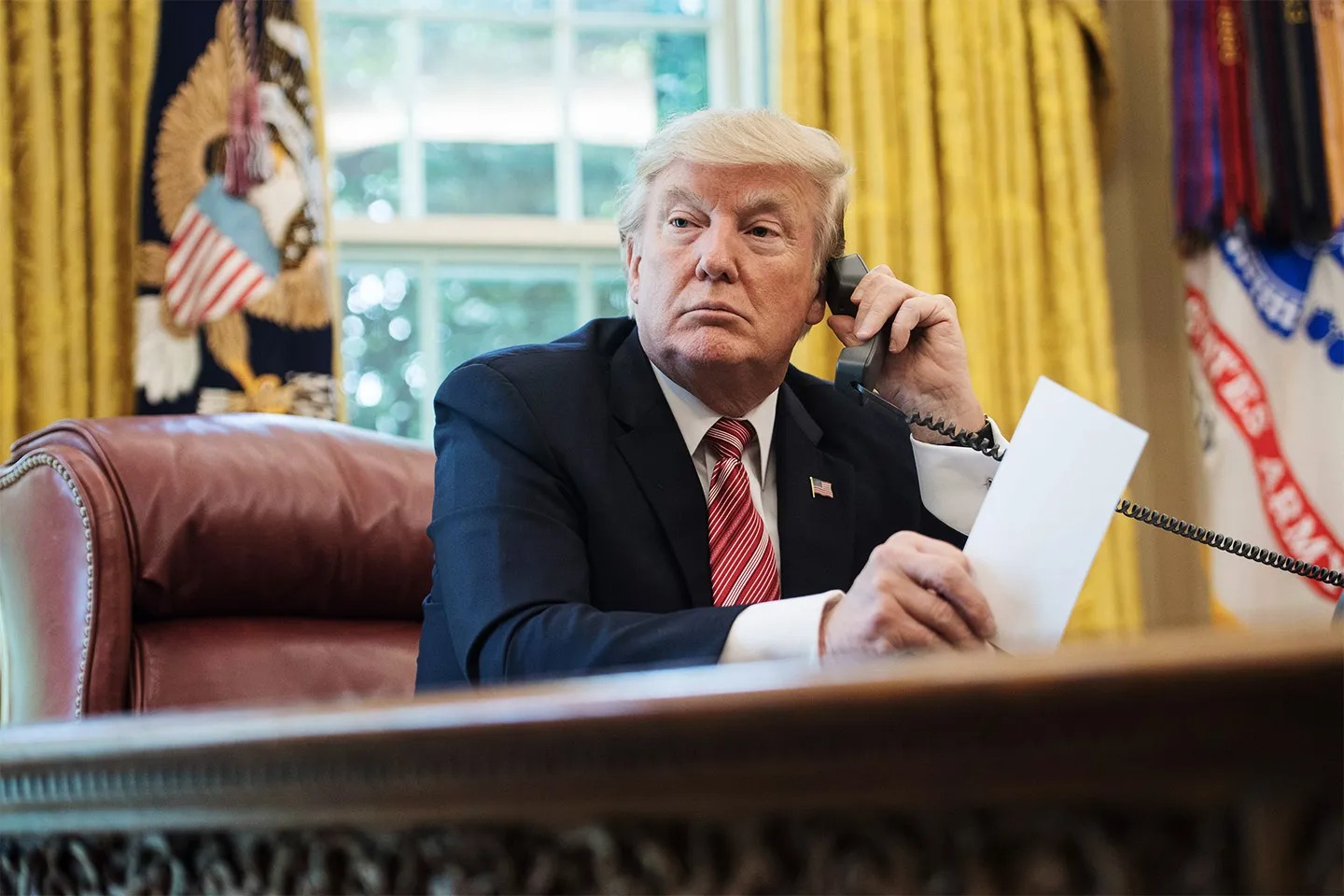The Philippines is at the forefront of security burden-sharing in the Asia-Pacific region, particularly with China’s looming presence across the South China Sea.
This strategic positioning places the Philippines ahead of the curve, a trend that may become necessary for US allies if former President Donald Trump returns to power in 2025.
In a recent episode of The Straits Times’ Asian Insider Podcast, global contributor Nirmal Ghosh explores the regional dynamics with his guests: former Philippine Navy rear admiral Rommel Ong, now a professor at the Ateneo School of Government, and Dr. Colin Koh, a senior fellow at the S. Rajaratnam School of International Studies in Singapore.

The Philippines’ proactive approach is evident in its 2024 National Budget, which allocates a good portion – US$103.5 billion – for defense and maritime, representing a 9.5% increase from 2023.
This investment ensures the Philippines remains a reliable partner under the US-Philippines Mutual Defense Treaty, which obligatorily provides mutual defense in case of an attack from any other country.
Tensions in the South China Sea, where China asserts territorial claims contested by multiple nations, including the Philippines, have escalated recently, raising concerns about inadvertent conflict escalation.
The new administration in Manila, led by President Ferdinand Marcos Jr., has taken a firmer stance on China than his predecessor, Rodrigo Duterte, leading to a military buildup to bolster Philippine capabilities.
Nonetheless, the shift from decades of prioritizing counter-insurgency campaigns to adopting a more assertive stance necessitates a period of adaptation and adjustment, as emphasized by Professor Ong. This change in military posture is crucial for effectively addressing the evolving security dynamics in the region.

Despite these developments, there are indications that a potential return of Donald Trump to the White House would likely lead to increased demands for defense spending from US allies.
Security analyst Elbridge Colby, advocating for sustained excellent power competition, emphasizes the need for allies to bolster their military capabilities, a stance expected to influence policy in a future Republican administration.
Other claimant states in the region closely monitor the frequency and intensity of confrontations between China and the Philippines in the South China Sea. This is a litmus test of China’s assertiveness and the United States’ commitment to its allies.
Much like Taiwan, the Philippines’ stance in the South China Sea could significantly impact regional dynamics and the balance of power between major players in the Asia-Pacific.


